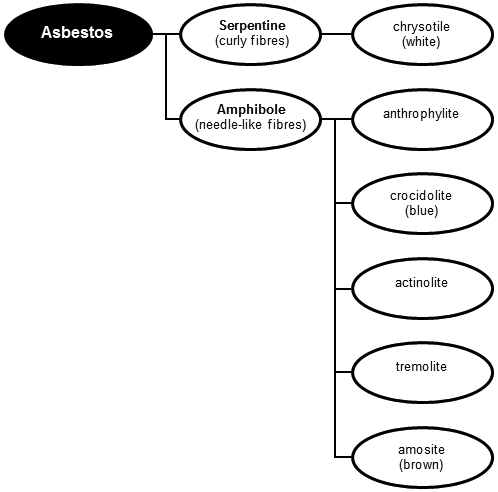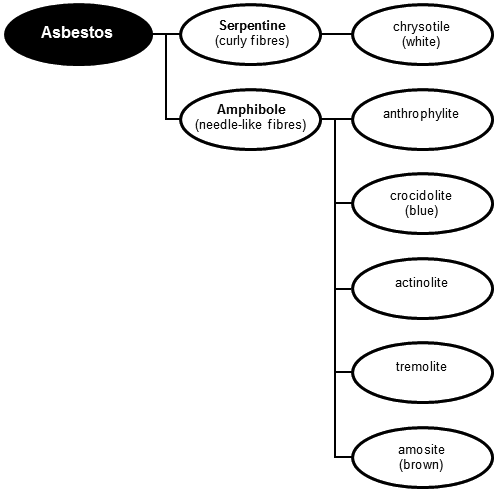Asbestos is the name used for a group of natural minerals that are made up of many small fibres. These fibres are very strong and are highly resistant to heat, fire, chemicals, and wear due to friction.
Past uses of asbestos
In the past, the special properties of asbestos made it popular for:
- asbestos-cement cladding and roofing
- backing material for floor tiles and vinyl sheets
- insulation board for thermal protection (eg, around fireplaces)
- textured ceilings and sprayed-on wall surfaces
- lagging for insulation around pipes, heaters and hot water cylinders
- vehicle brakes and clutches
- textiles
- spouting for drainage and water supplies.
Asbestos was also used in household items, such as:
- oven gloves
- ironing board pads
- simmer mats for stoves
- fire blankets.
Asbestos was mainly imported and used before the 1980s. Once the health risks of asbestos were known, its use was gradually stopped, and other materials used instead. However, products and appliances with asbestos content may still be around, particularly in homes built before 1984.
Kinds of asbestos
The most common types of asbestos fibre you are likely to find are:
- chrysotile (white)
- amosite (brown)
- crocidolite (blue).
The colour differences are very slight and laboratory analysis is needed to identify different types of asbestos fibre.
Importing these 3 types of asbestos in their raw fibrous states is prohibited.
There are 6 types of asbestos, which vary in fibre size and length. The longer and finer the fibre, the greater the danger if inhaled.

Crocidolite and amosite asbestos (amphibole group) have been identified as most dangerous. Their long needle-like fibres can easily penetrate through to the respiratory tract (breathing pipe) and lungs and are most likely to cause health problems. Chrysotile asbestos (serpentine group) is thicker due to the curly nature of the fibres, and unable to penetrate as far.
Based on the HealthEd resource All About Asbestos, which can be downloaded and ordered from the HealthEd website.
Information from NZ Ministry of Health.

